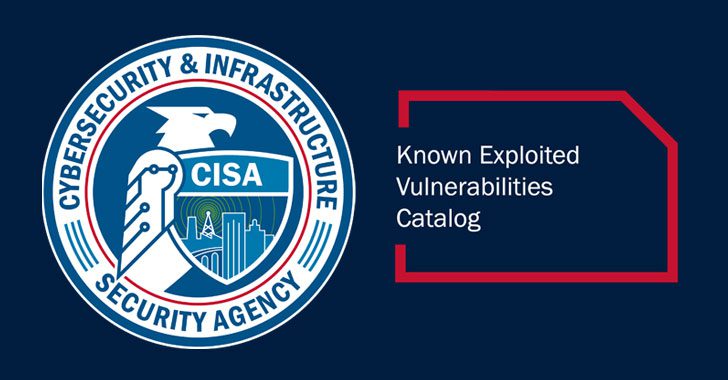
The Cybersecurity and Infrastructure Security Agency (CISA) has issued a warning regarding an actively exploited security vulnerability in the widely used Google Chrome web browser. Tracked as CVE-2023-4762, this high-severity flaw poses a significant risk to users, allowing attackers to execute arbitrary code remotely. The implications are dire, prompting urgent action from both users and organizations alike.
Discovered by an anonymous researcher and initially disclosed in a security advisory update on September 5, 2023, this vulnerability carries a chilling CVSS score of 8.8. Its nature, identified as Type Confusion within Google Chrome’s V8 JavaScript engine enables remote attackers to execute arbitrary code through a deceptively crafted HTML page.

While Google has not provided extensive details regarding the active exploitation of CVE-2023-4762, the mere fact that it has been added to CISA’s Known Exploited Vulnerabilities Catalog speaks volumes. The exploitation of this vulnerability in the wild poses significant risks, potentially leading to data breaches, system compromise, and other malicious activities.
Upon discovery, Google swiftly responded by releasing version 116.0.5845.179 for Mac and Linux, along with versions 116.0.5845.179 and .180 for Windows. These patches aim to address the vulnerability and protect users from potential exploitation.
Despite Google’s efforts, CISA has issued a stern directive to U.S. federal agencies, mandating the patching of this vulnerability by February 27, 2024. This directive, outlined in the binding operational directive (BOD 22-01), underscores the critical nature of CVE-2023-4762 and the imperative need for swift action.
In light of this security threat, users and organizations must take proactive measures to safeguard their systems and data. This includes:
- Applying Patches Promptly: Ensure that all instances of Google Chrome are updated to versions 116.0.5845.179 or higher to mitigate the risk of exploitation.
- Heightened Vigilance: Exercise caution when browsing the web and interacting with unknown or suspicious websites. Avoid clicking on suspicious links or downloading files from untrusted sources.
- Security Awareness Training: Educate users within your organization about the importance of cybersecurity hygiene, including the recognition of phishing attempts and other common attack vectors.
- Utilizing Additional Security Measures: Consider implementing additional security solutions such as endpoint protection, web filtering, and intrusion detection systems to bolster your defenses against potential threats.